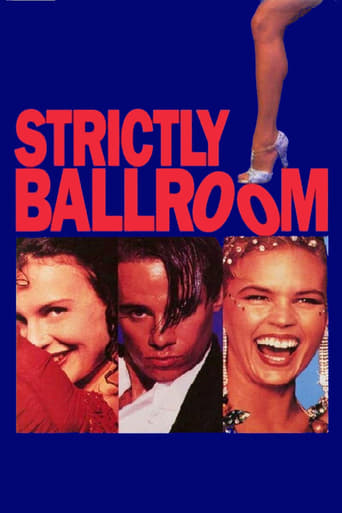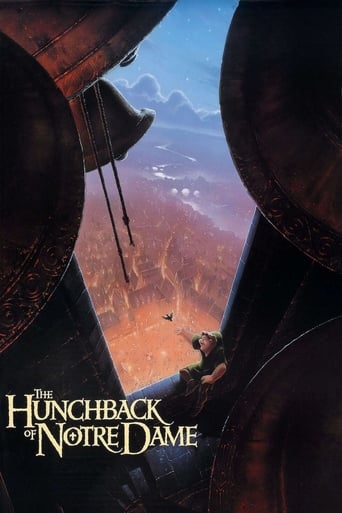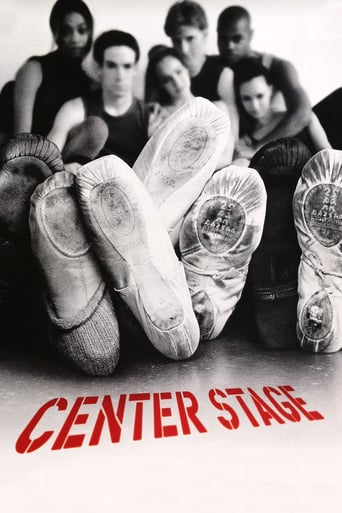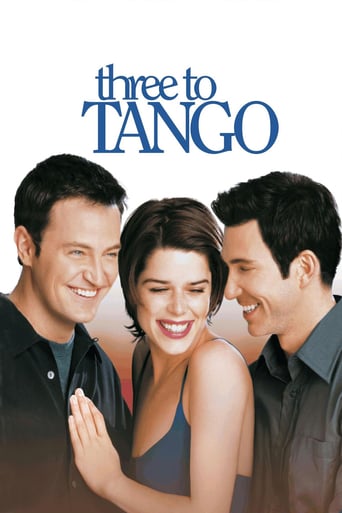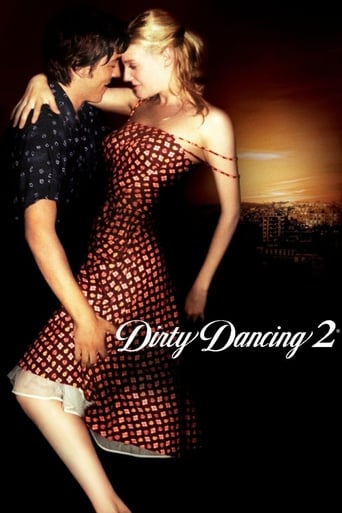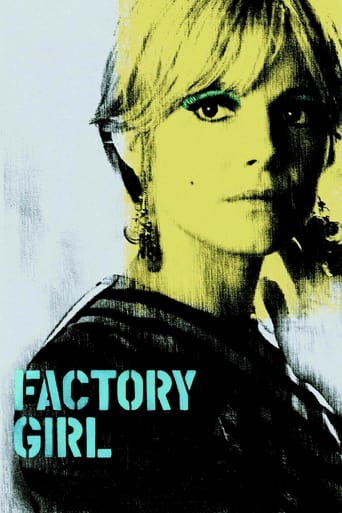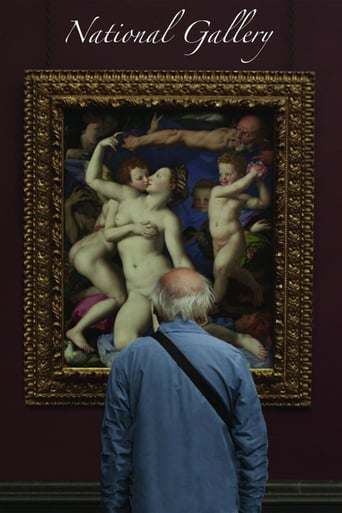
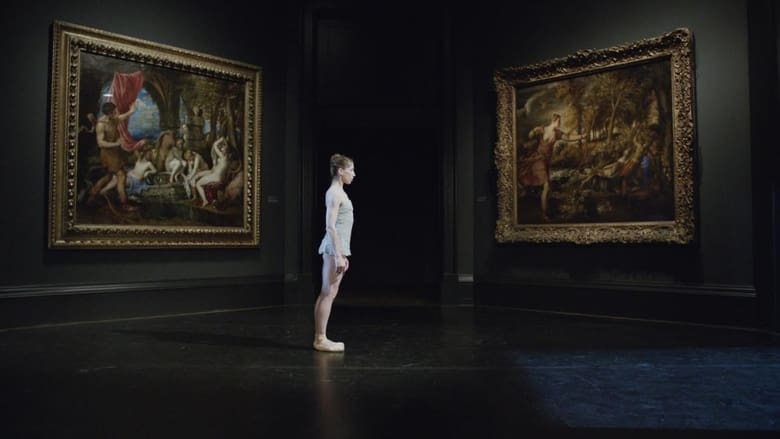
National Gallery (2014)
A portrait of the day-to-day operations of the National Gallery of London, that reveals the role of the employees and the experiences of the Gallery's visitors. The film portrays the role of the curators and conservators; the education, scientific, and conservation departments; and the audience of all kinds of people who come to experience it.
Watch Trailer
Cast


Similar titles
Reviews
The performances transcend the film's tropes, grounding it in characters that feel more complete than this subgenre often produces.
This is a coming of age storyline that you've seen in one form or another for decades. It takes a truly unique voice to make yet another one worth watching.
Although I seem to have had higher expectations than I thought, the movie is super entertaining.
Let me be very fair here, this is not the best movie in my opinion. But, this movie is fun, it has purpose and is very enjoyable to watch.
This film is composed of snippets of life inside the National Gallery. There is no narrator or text to provide an overall chronology or identification of who's who and what's what. I found this to be a little distracting. I kept wanting to know more about the people and activities being presented. Who was that man speaking at the meeting? What was that substance the conservator was using? I would loose focus on the next scene while thinking about those questions. Overall the film was very interesting but not very informative. I like documentaries to be both. And I think documentaries are most successful when they are both.
"National Gallery" (2014, Frederick Wiseman), a documentary about the renowned British art museum, makes a strong case for major arts institutions. With a three-hour running time, we finish with a firm idea of both the inestimable value and fragility of The National Gallery. With a haphazard, seemingly random structure, the documentary shows people regardless of their actual involvement with the museum. We see patrons silently absorbing art; board members discussing their goals; curators discussing philosophy and techniques; janitors; wall painters; a board meeting where the discussion is about an unwelcome public marathon; budget cuts discussed at another board meeting; various educators, various video crews, museum guides analyzing master works; a male and a female nude model separately posing for what appears to be an advanced art class; adventurous Arctic activists bravely hoisting a banner at the museum's entrance; a pianist performing amid priceless paintings and a reasonably erotic, heterosexual ballet dance. Wiseman makes a compelling statement about the worth of visual arts, and it couldn't arrive to this brutal world at a better time.Curiously, Wiseman does not introduce museum employees with captions or inform the viewer what event is occurring. This helps makes his statement universal. Rather than just a story of the National Gallery, the viewer is encouraged to gain appreciation for his or her local cultural institutions. There are some memorable segments. I really enjoy the brief excerpts of lectures where experts interpret details in master works. The discussion of Paul Reubens's "Samson and Delilah (1609- 1610)" is interesting. So is the curator's lecture describing a Rembrandt portrait with a hidden second composition of the same subject. One of the senior museum big shots tells a laugh-out-loud joke about Moses and the Ten Commandments. Another museum guide informs a group of adolescents, several of whom are Black, that the Gallery owes its early funding to the Slave Trade. Leonardo da Vinci's power is also expressed or suggested multiple times. Finally, the ballet dance that is staged in the vicinity of two large master works reminds us that visual arts tickle the public's imagination in many ways.It is an uneven journey, but it finishes with rising interest. "The National Gallery" will likely be enjoyed by artists of many disciplines who wish to be reminded of culture's power. It sure would be nice if the arts flourished in this particularly barbaric period while the world's militaries languished.
Frederick Wiseman's new documentary NATIONAL GALLERY runs three hours; three hours of dissecting and analyzing the workings of one of the world's great Museums - the National Gallery in London England. Probing paintings' meaning and content; structure and design; the decisions involved in the way venerated and treasured works of art are conserved, restored, cleaned, lit and hung. We also are privy to the voices of the docents, curators, and staff talking about specific artworks connecting their audiences to the aesthetics, beauty, history, and science of conservation; the various pathways a painting takes from its original creation; its entry into various collections, and finally to its safe-keeping for posterity in the National Gallery Museum. We even listen to Nicholas Penny, the rumpled-haired Museum Director in a lecture taking a stab at Poussin - admitting that he is not sure if he likes the work, but is always intrigued by it. Questions of elitism and exclusivity vs.accessibility and egalitarianism in light of budgetary considerations are discussed at meetings; there are lots of meetings. The film might have edited out some of the discussions - but I felt that the prosaic, the boring, the everyday-ness was worth observing. The running of a museum is not always glamorous. The decisions that establishments have to make in order to grip the public's interest - what lengths do they go to attract visitors, and at what price to their institution? Wiseman just lets his camera roll; he never uses "voice overs". His working method and vitality at age 84 is unchanged - not intrusive - the filmmaker is always invisible - interviews are conducted by others. Frederick Wiseman lets us be the proverbial "fly on the wall" in a space that ordinarily would be bug-proof.I loved watching one of the restorers discussing the cleaning of Velasquez' Christ in The House of Martha and Mary and passionately ponder the dilemma - do we over-strip the varnish used 100's of years ago and thereby brighten and change the artists' original intent? Ethical problems and compromises come into question. An in-house construction of a triptychs' impressive frame delicately carved by the crafts-men and women associated with the Museum, and the lighting of the finished piece held me spellbound, as did the issue of a cast shadow obscuring the top 1/4 of the painting once the work was installed. We also pay heed to restorers scraping away tiny slivers of paint with scalpels, Q-tips, eye-droppers, etc. and then put the minuscule paint shavings on a slide tray to be placed under a microscope to be scrutinized - to be thoroughly examined yielding a plethora of information; new scientific techniques today make this kind of investigation possible. We mark the fragility of time's passing on art realizing that there are effects that you have to live with, and guard against, but ultimately methodical and deductive technical intervention will be called upon to "save" the work from aging and deterioration.The camera also takes us outside the Museum with aerial views of Trafalgar Square lit by the grays of daylight to the shimmering of the early darkness -focusing on the diverse community waiting patiently in the cold to to see the Da Vinci exhibition "Painter at the Court of Milan" (2012.) We are never far away from the human response to art - the intensity of the onlooker's gaze, the curiosity, confusion, delight, horror and interior peace that art can inculcate.Other blockbusters such as "Turner Inspired by the light of Claude" and "Metamorphosis: Titian 2012" are exhibitions that we are fortunate to attend and hear curators/docents of varying sizes, ages and accents advocating for art's fascination and magnetism; confronting us with their disparate styles - some humorous, others psychoanalytical - all informative. Each artwork has a presence with an individual history and personal narrative imprinted on its essence - like life itself this movie is thrilling, enigmatic, complex and a singular jewel.
This was another of Wiseman's great films on institutions. The movie takes us inside the world of the National Gallery in London. The film does everything from show us guide lectures to the general public, specific talks for children, an art history discussion of the painting "Boulevard Montparnasse" specifically for blind people (where they feel raised images of the drawing), and talks about restoration. The main focus of the film is a special exhibition they had about Leonardo da Vinci. There is also a focus on the paintings of Hans Holbein, Poussaint, Turner and Titian. There is a very interesting segment where the restorers focus on a portrait of Rembrant, where an x-ray reveals another painting, at a 90º angle, made on the canvas at an earlier time. Discussions about whether and how to "market" the museum and how to project expenses are also shown. The film also shows a discussion with Wayne MacGregror (resident choreographer of the Royal Ballet) about a dance piece that will be performed in front of the Titian paintings and whether the dancers will need a sprung floor (the one in the museum is on concrete).Finally, the films ends with a short excerpt from this piece, danced by Leanne Benjamin and Ed Watson, in front of the Titian painting. Another excellent film by Wiseman and once you have made it past the 1.5 hour mark, by 3 hours, you feel immersed in the National Gallery world.




